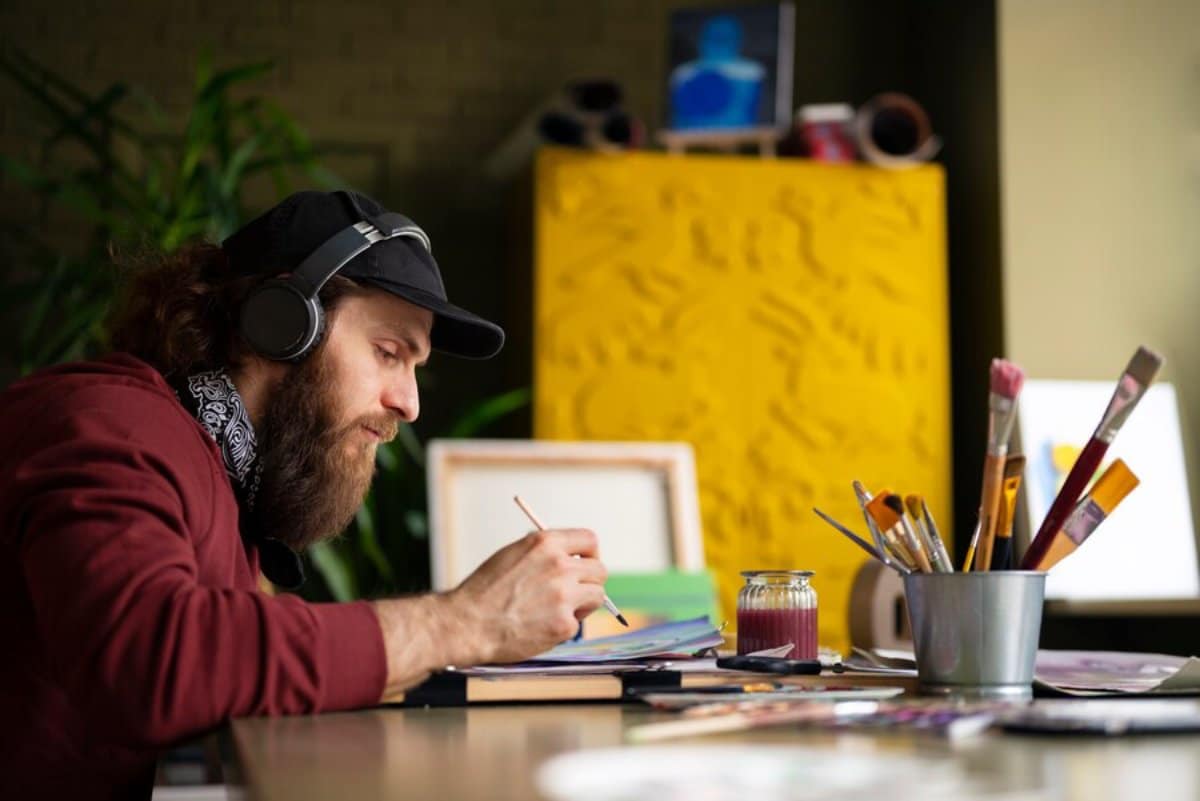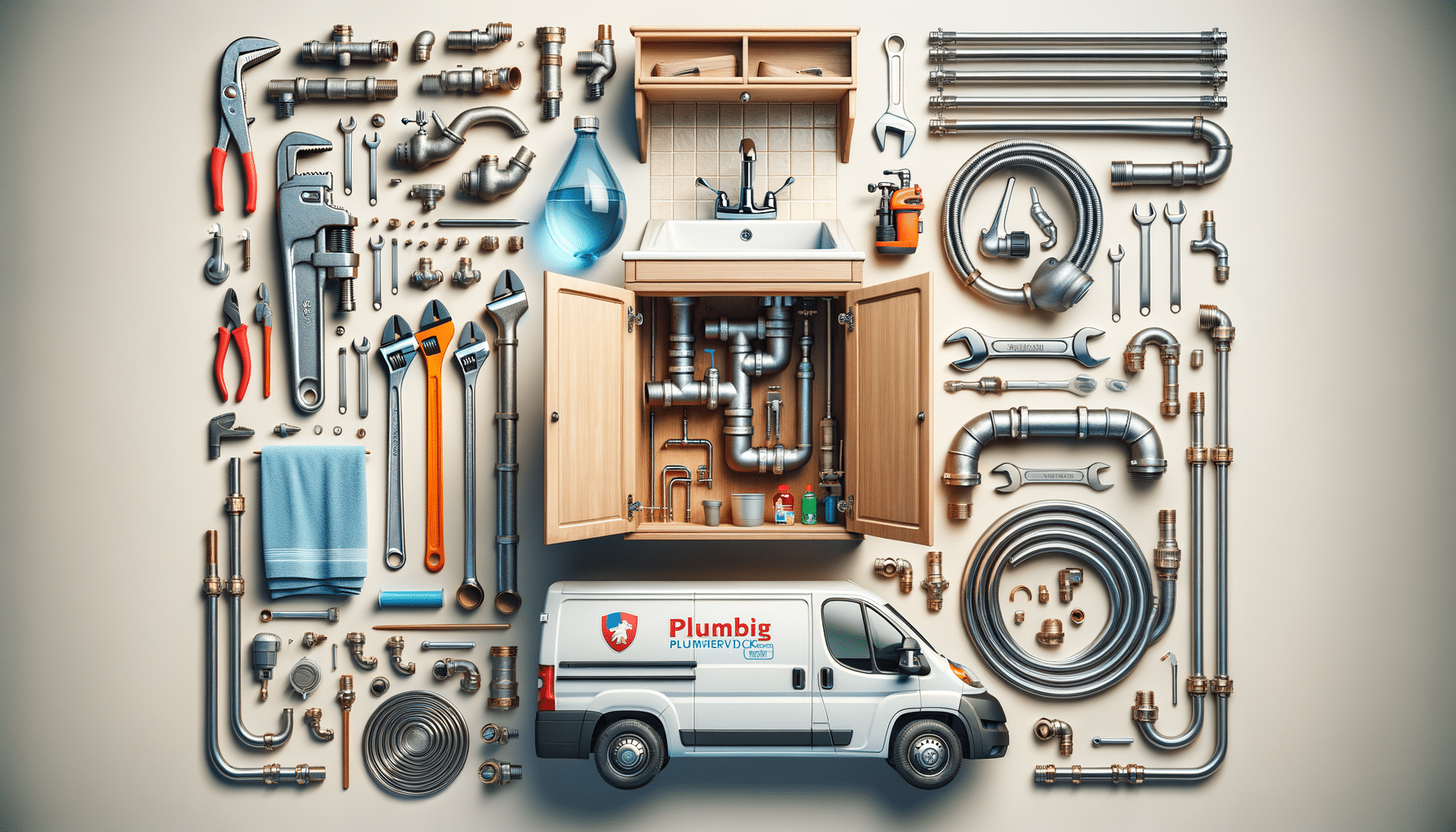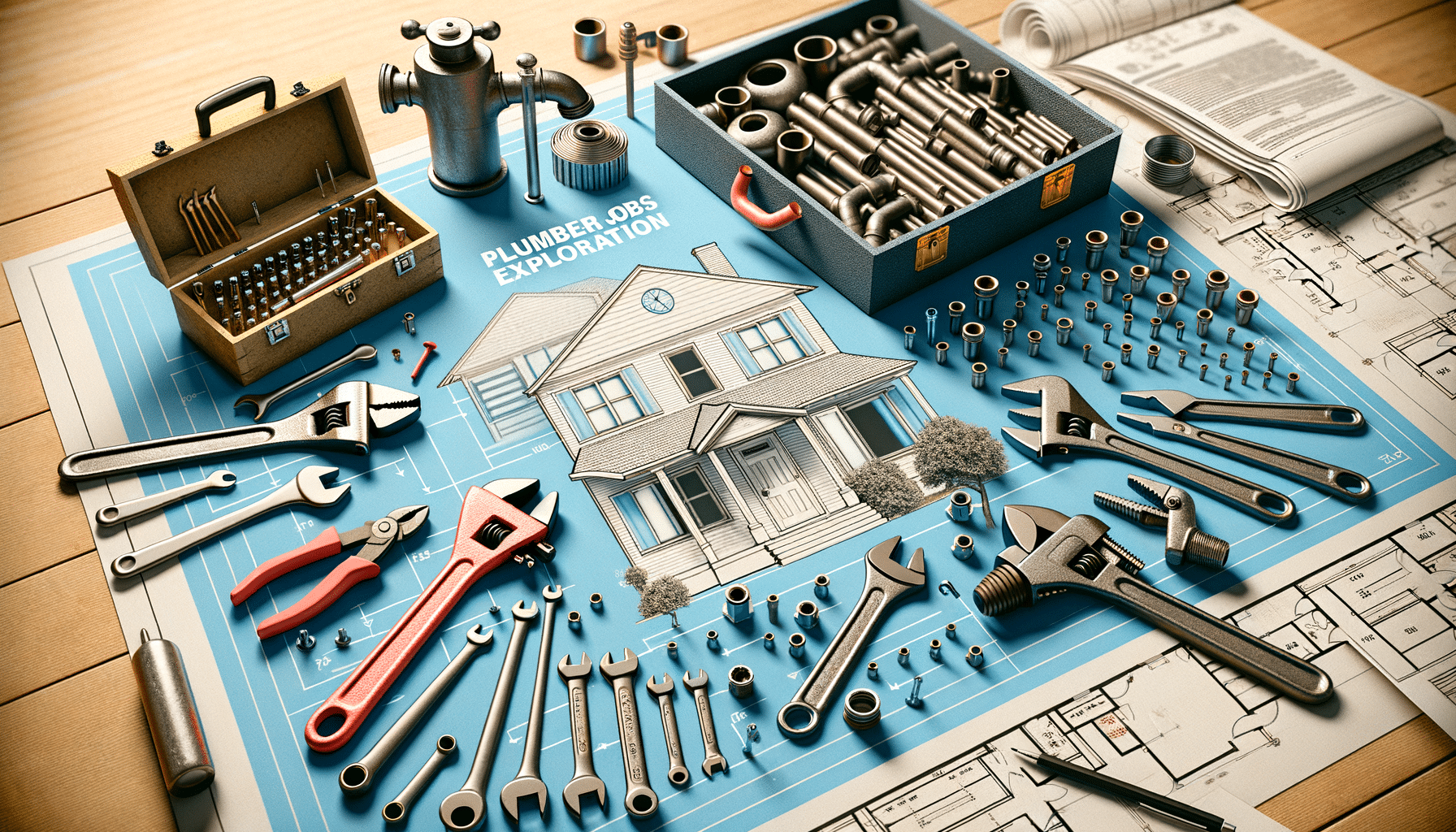
Focused Work for Designers and Visual Creators
You’ve opened your design software, mood board prepped, and music on. But before the first layer’s in place, Slack pings. An email lands. A teammate asks, “Just a quick tweak?” Hours pass, and the concept that once felt electric now feels blurred and fragmented. Sound familiar?
Design isn’t just about tools and talent. It’s about time — and more importantly, creative focus. In the world of visual creation, attention is your canvas. And in an age of constant interruptions, sustaining that attention is one of the most undervalued creative skills.
In this article, we’ll explore deep work techniques specifically tailored to design productivity. Whether you’re an illustrator, UI/UX designer, art director, or digital content creator, you’ll learn how to structure your day, environment, and mindset to unlock what we call visual deep work — the kind of undisturbed creative flow where real magic happens.
Why Focus Matters for Visual Creators
The Myth of the “Always-On” Creative
There’s a common misconception that great ideas strike at random — that creativity is chaos tamed only by inspiration. But most successful designers will tell you the opposite.
Real creative work is structured, intentional, and built on deep focus.
Whether you’re solving interface challenges, illustrating brand narratives, or mapping visual journeys, your brain needs space to:
- Hold multiple elements in visual memory
- Iterate rapidly without distraction
- Sense harmony, contrast, and story without breaking rhythm
In short, the best design work emerges not from multitasking but from deep, undisturbed attention.
The Cost of Distraction in Design Work
Every time you switch tabs, respond to a ping, or glance at your phone, your creative momentum stalls. According to a study by the University of California, it takes about 23 minutes to regain focus after an interruption.
For designers, that means:
- Less cohesion in your visual storytelling
- More time revisiting ideas instead of evolving them
- Increased fatigue and reduced joy in your process
Your work deserves better. So do you.

Crafting a Focus-Friendly Creative Environment
1. Design a Visual-First Workspace
Your space should reflect your process. Think of it as your physical UI.
- Keep essential tools visible and within easy reach
- Use mood lighting that mimics daylight to reduce eye strain
- Display a small selection of inspiration, not clutter
- Consider a dual-screen setup for side-by-side sketching and execution
If you’re mobile or space-limited, a foldable standing desk or tablet stand can work wonders.
2. Control Your Visual Inputs
Visual creatives are especially sensitive to overstimulation.
Try:
- Using neutral desktop backgrounds to reduce noise
- Closing unused apps and windows before starting
- Customising your design software interface for minimalism
The fewer competing inputs, the clearer your creative signal.
Structuring Deep Work Sessions for Design Productivity

1. Time Block Creative Sprints
Creativity thrives in cycles, not in sporadic fragments.
Use the Design Sprint Method, modified for solo sessions:
- 90 minutes of uninterrupted visual work
- 15-minute reset (stretch, tea, step outside)
- Repeat up to 3 cycles, depending on your stamina
Mark this time on your calendar — and protect it like a client meeting.
2. Use Music and Ambience with Intent
- For conceptual work: ambient soundtracks, white noise, or Brain.fm
- For technical execution (e.g., editing, layout): instrumental beats or soft lo-fi
- For mood setting: try playlists curated by visual artists on Spotify or YouTube
Use the same playlist for the same task. It acts as an auditory cue to enter focus mode.
3. Set a Visual Output Goal
Instead of focusing on hours logged, aim for clear creative milestones:
- “Three homepage mock-ups by 11:30 AM”
- “Two logo variations before lunch.”
- “Mood board complete and shared by 3 PM”
Output-based targets keep your session purposeful without pressure.
Deep Work Rituals for Creative Focus
1. Start with a Sketch, Always
Before you touch the mouse or pen tool, sketch. Even for five minutes.
Why?
- Engages spatial awareness
- Loosens cognitive grip
- Bridges are thought to form
Digital design may be the goal, but analogue sketching is often the secret sauce.
2. Create a “Flow Trigger”
This could be:
- A mug of tea, you only drink while designing
- A candle you light before focus sessions
- A breathing exercise to centre your attention
Your brain loves ritual. Pairing a physical action with focus time makes deep work easier to enter and return to.
3. Close the Loop Daily
End your day by reviewing your work:
- Export or snapshot your progress
- Jot down one sentence about where to start tomorrow
- Clear your workspace so tomorrow’s session begins fresh
This small habit saves time and prevents creative paralysis the next day.
Tools to Support Visual Deep Work
Creative Software
- Figma – Ideal for collaborative design, especially with prototyping
- Adobe XD / Illustrator / Photoshop – Industry standards, but turn off auto pop-ups
- Procreate (iPad) – For illustrators who prefer sketching directly
Productivity and Focus Tools
- Notion – Create visual project boards or inspiration libraries
- Toggl Track – Measure how long creative tasks actually take
- Serene or Freedom – Block distractions during design time
- Duet Display – Turn your iPad into a second monitor to extend your workspace
Choose tools that help, not those that hinder your flow with complexity.
Navigating Common Creative Focus Challenges
“I feel overwhelmed by all my ideas.”
Try:
- Brain-dumping concepts into a visual map before you start
- Using software like Milanote or Miro to organise thoughts
- Picking one idea and setting a 20-minute timer to develop it
Limitation breeds clarity.
“I get stuck in perfectionism.”
Remind yourself:
- First versions are for concept, not polish
- Iteration is your ally — done is better than perfect
- Set a version limit (e.g., 3 rounds, then ship)
Progress builds momentum. Don’t stall for the sake of symmetry.
“I can’t stay focused working from home.”
- Set up a dedicated creative corner — even if it’s just a table and headphones
- Use visual blockers on your computer (like HazeOver for Mac)
- Try virtual co-working sessions with other designers via Focusmate
Isolation isn’t a creative killer — disconnection is. Design your own rhythm.
Conclusion: Design Your Focus to Design Better Work
Great design doesn’t happen by accident. It happens in moments of intention, rhythm, and flow. In a world that constantly asks you to switch gears, focused work is your secret weapon.
When you embrace visual deep work — through space, structure, and self-awareness — you create the ideal conditions for your most powerful ideas to surface. You don’t just produce better designs. You enjoy the process more. You find your creative self again.
So whether you’re refining brand identities, sketching new UI layouts, or illustrating characters from scratch, remember: your best work starts with a quiet, committed moment of focus.


